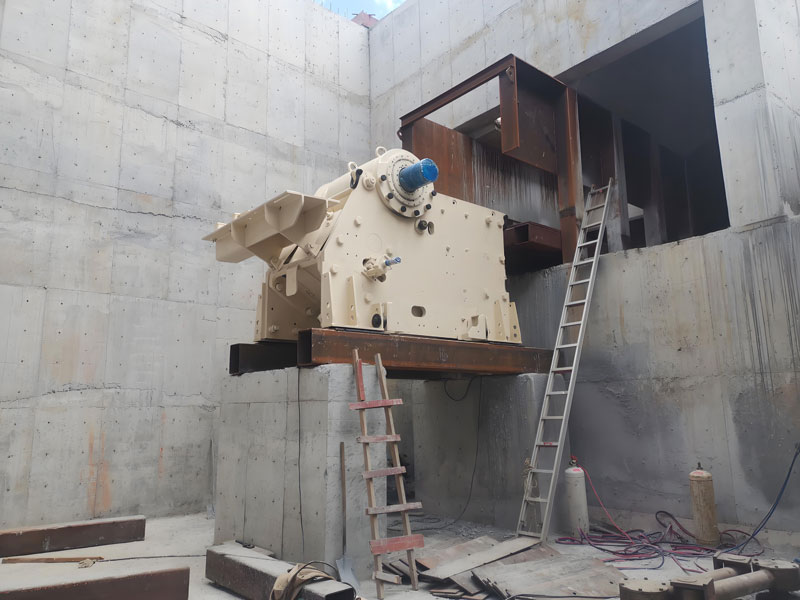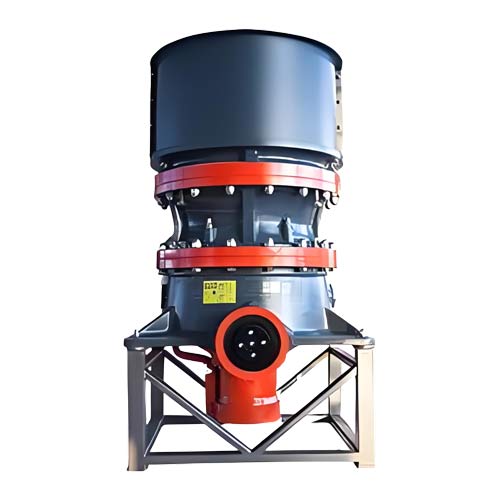Can calcium carbonate be processed using a vertical mill?
Calcium carbonate (CaCO₃), an important inorganic compound, is widely used in a variety of fields, including building materials, papermaking, plastics, coatings, and pharmaceuticals. The choice of processing equipment directly impacts product quality, production efficiency, and cost. In recent years, vertical grinding mills (abbreviated as vertical mills) have become increasingly popular in calcium carbonate processing, demonstrating significant advantages. This article will explore the feasibility of vertical mill processing for calcium carbonate from the perspectives of technical feasibility, equipment advantages, R&D challenges, and future development directions.

Technical feasibility of vertical mill technology for calcium carbonate processing
The vertical mill is a highly efficient and environmentally friendly grinding equipment. Its core principle is to crush the material bed through the relative motion of the grinding roller and the grinding disc, and to achieve precise control of the product fineness through the grading system. The vertical mill shows good adaptability to the physical properties of calcium carbonate (such as hardness, particle size, grindability, etc.):
1. Wide range of fineness adjustment: Vertical mill can produce calcium carbonate powder with d97=10~80μm. By configuring secondary or tertiary classification system, it can even reach ultrafine powder level (such as D97 3 microns), meeting the fine particle size requirements of different industries.
2. Strong adaptability to raw materials: Applicable to calcium carbonate-containing minerals such as calcite and limestone, with loose requirements on raw material hardness (Bond work index <26.0) and moisture (≤5%), reducing pre-treatment steps.
3. Large-scale production capacity: The output of a single machine can reach 3-40t/h, which is suitable for industrial large-scale production, especially for the fine processing of heavy calcium carbonate.

Advantages of vertical mill processing calcium carbonate
1. Energy saving and environmental protection:
● Adopting the principle of rolling and shearing to avoid over-grinding, the power consumption per ton of product is low;
● Full negative pressure production system with less dust emission and low noise, in compliance with environmental protection policy requirements.
2. Efficient and stable:
● Integrates crushing, grinding, grading and conveying into one unit, simplifies the process flow, and reduces equipment investment and floor space;
● High degree of automation (PLC control system), easy operation and strong long-term operation stability.
3. Excellent product quality:
● The finished particles have uniform shape, high whiteness and good purity, suitable for high-end applications (such as medicine and coatings);
● No inferior powder is produced, reducing production costs and improving product competitiveness.
4. Cost-effectiveness:
● The equipment is easy to maintain (for example, the grinding roller sleeve can be turned over for use), the wear-resistant parts have a long life (up to 1,000 days), and the downtime maintenance cost is reduced;
● Replace traditional secondary classification or water grinding process, saving energy consumption and process complexity.

Difficulties and future directions of vertical mill technology research and development
Despite the significant advantages of vertical mills in calcium carbonate processing, their research and development still faces challenges. The core difficulty lies in the development of basic materials (such as high-performance steel plates and castings) and high-quality accessories. Low-quality and low-price competition may hinder the industry’s technological advancement. In the future, the development direction of vertical mills for calcium carbonate will focus on:
● Ultrafine: further improve product fineness to nanometer level and expand high-end applications;
● Large-scale and small-scale: adapt to different production capacity requirements, taking into account both large-scale and flexible production;
● Intelligence: Integrate the Internet of Things and big data to achieve intelligent monitoring and optimization of the production process;
● Material innovation: Develop new wear-resistant and corrosion-resistant materials to extend the service life of equipment.
Industry Application Cases and Market Trends
Currently, numerous domestic companies have launched vertical mills suitable for calcium carbonate production, which are widely used in the heavy calcium carbonate industry. With the country’s stringent requirements for environmental protection and energy conservation, and the growing demand for refined calcium carbonate powders in downstream industries, vertical mill technology has become the preferred choice for heavy calcium carbonate processing companies, driving the industry’s transformation towards greener and more intelligent processes.
Related Products
Inquiry
Please leave us your requirements, we will contact you soon.





